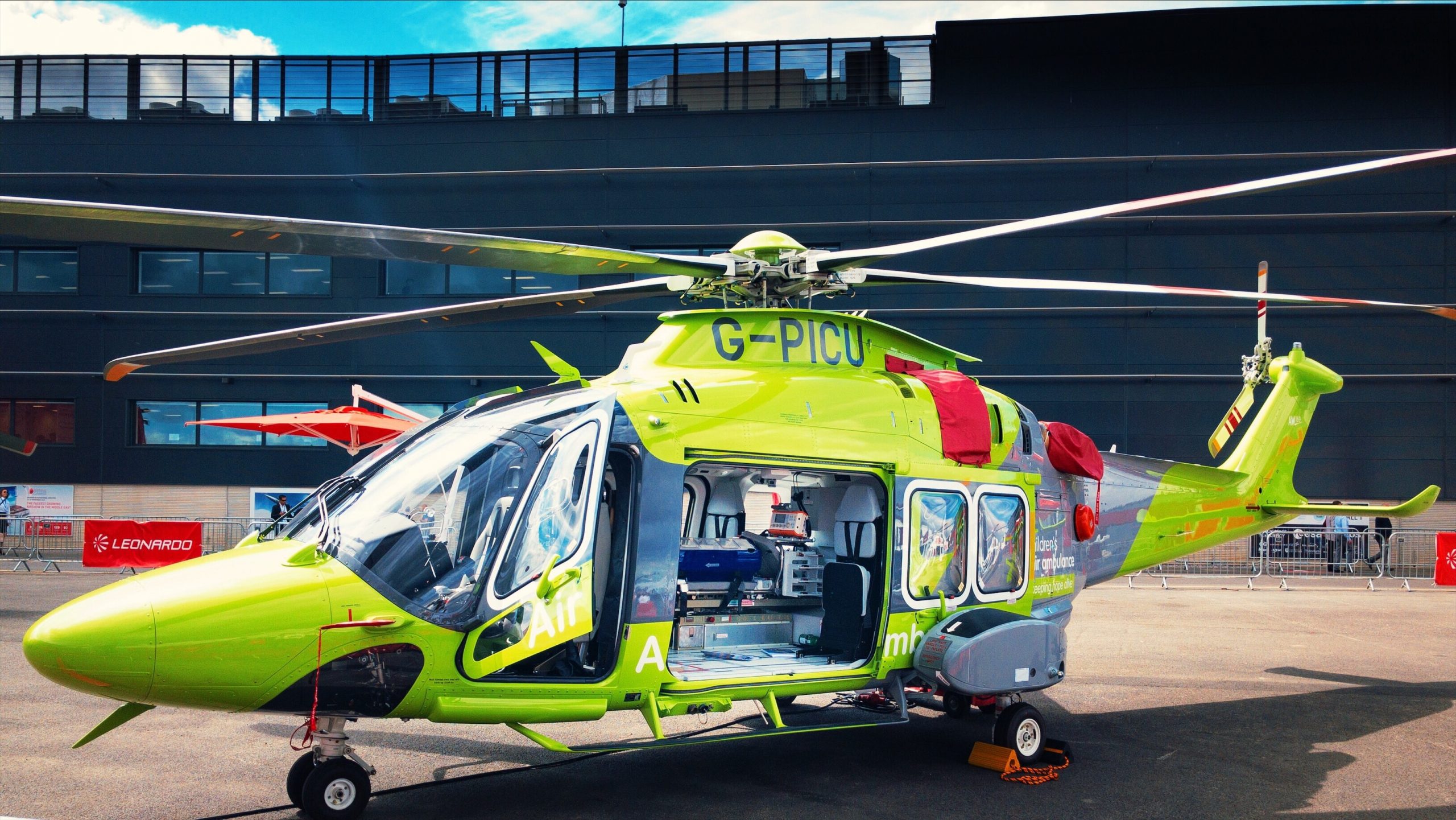The COVID-19 pandemic triggered a global healthcare crisis. Healthcare organizations across the world had to struggle with a huge influx of patients requiring intensive care.
A major of people infected with the novel coronavirus experience mild symptoms, and manage to recover at home. But those who experience moderate or severe symptoms require hospitalization. Things become even more complicated when patients have underlying medical conditions, such as diabetes and cardiovascular ailments.
Two years into the pandemic, healthcare workers and medical researchers are still working to put an end to the crisis.

The Impact on Healthcare Organizations
There are plenty of challenges associated with the treatment of COVID-19 patients. In the beginning, the medical community had to experiment with different treatment protocols to understand what would help minimize severe disease and mortality.
As more nurses and physicians succumb to COVID-19, healthcare organizations have also had to grapple with staff shortages.
Then there’s the complex issue of moving COVID-19 patients from their homes to the nearest healthcare facilities. Depending on the severity of their disease, many patients also have to be shifted to hospitals with advanced amenities.
But transportation options for COVID-19 patients were limited at the start of the pandemic. Unlike other patients, people infected with the novel coronavirus couldn’t avail themselves of public transport.
The risk of infection dissuaded many cab drivers from allowing COVID-19 patients to board their vehicles. On the other hand, driving to a hospital in personal cars wasn’t an option for patients with severe symptoms.
Land ambulances were quickly upgraded to include amenities, such as oxygen supply and ventilation units. However, the overwhelming number of patients needing hospitalization resulted in a shortage of ambulances.
Also, when it comes to moving critically ill patients to a different healthcare facility, land ambulances don’t make the cut. Such patients may not survive long hours of road journeys between different cities.
The silver lining is that medical air transport services stepped up their game during the crisis.
The Role of Medical Air Transport
Air ambulances have always played a crucial role in providing patients with best-in-class care during emergencies. Any standard air ambulance service is equipped with a plethora of sophisticated medical equipment, including stretchers, IV pumps, heart monitors, etc.
What sets an air ambulance apart is the speed at which it can transport patients between different cities and countries. It can cut down travel time between cities to a few hours, thus improving a patient’s likelihood of survival.
The concept of airlifting patients isn’t new. Air ambulances are the preferred mode of transportation when it comes to emergency situations, such as accidents, heart attacks, and strokes.
Also, they’re used to evacuate critically ill patients from foreign countries. It gives patients a chance to seek treatment in their home countries, and avail themselves of insurance benefits. Similarly, air ambulance services come in handy for transporting human organs over long distances.
Considering the ravaging impact of the pandemic, it is only natural that medical air transport assumed an even bigger role.
Onboard Amenities
Transportation options for COVID-19 patients in air ambulances posed a ton of unique challenges. From an increased emphasis on cleanliness to ensuring patient isolation – air ambulance services have had to pivot.
Apart from standard medical amenities, today’s air ambulances feature sophisticated equipment, such as:
- Blood gas analyzers
- ECMO pumps
- Point-of-contact ultrasound devices
- Blood coolers and refrigerators
- IV fluid warmers
- Ventilators
Apart from world-class amenities, air ambulances also come with a specialized medical crew. They’re trained to monitor a patient’s vitals and provide them with proper treatment in case of in-flight emergencies.
Advancements in communication technologies allow the onboard crew to stay in touch with ground staff. They can relay crucial patient information to help the receiving hospital prepare in advance.
Additionally, many air ambulance services have also procured isolation units to safely transport COVID-19 patients. These units help minimize the risk of infection for the crew and patients’ family members. They can be plugged into the aircraft’s oxygen supply as well.
Other Facilities
Apart from medical amenities, many air ambulance services in the US and other countries assist with paperwork. They help a patient’s family obtain visas and other documents required to seek treatment in a foreign country.
Non-Urgent Uses
The use of medical air transport isn’t solely restricted to critically ill COVID-19 patients. In December 2021, Beth Ring and her family used an air ambulance service to return to the US from Jamaica.
The family was on a vacation in Jamaica when they tested positive for COVID-19. After struggling to find a proper quarantine facility, they decided to book a private jet and return to their home country.
Beth Ring joins the league of many other travellers who are availing of air ambulance services to return to the safety of their home countries.
In Conclusion
Medical air transport has grown by leaps and bounds during the COVID-19 pandemic. International and domestic critical care air ambulance services have played a pivotal role in ensuring timely and safe transportation of critically ill COVID-19 patients.

